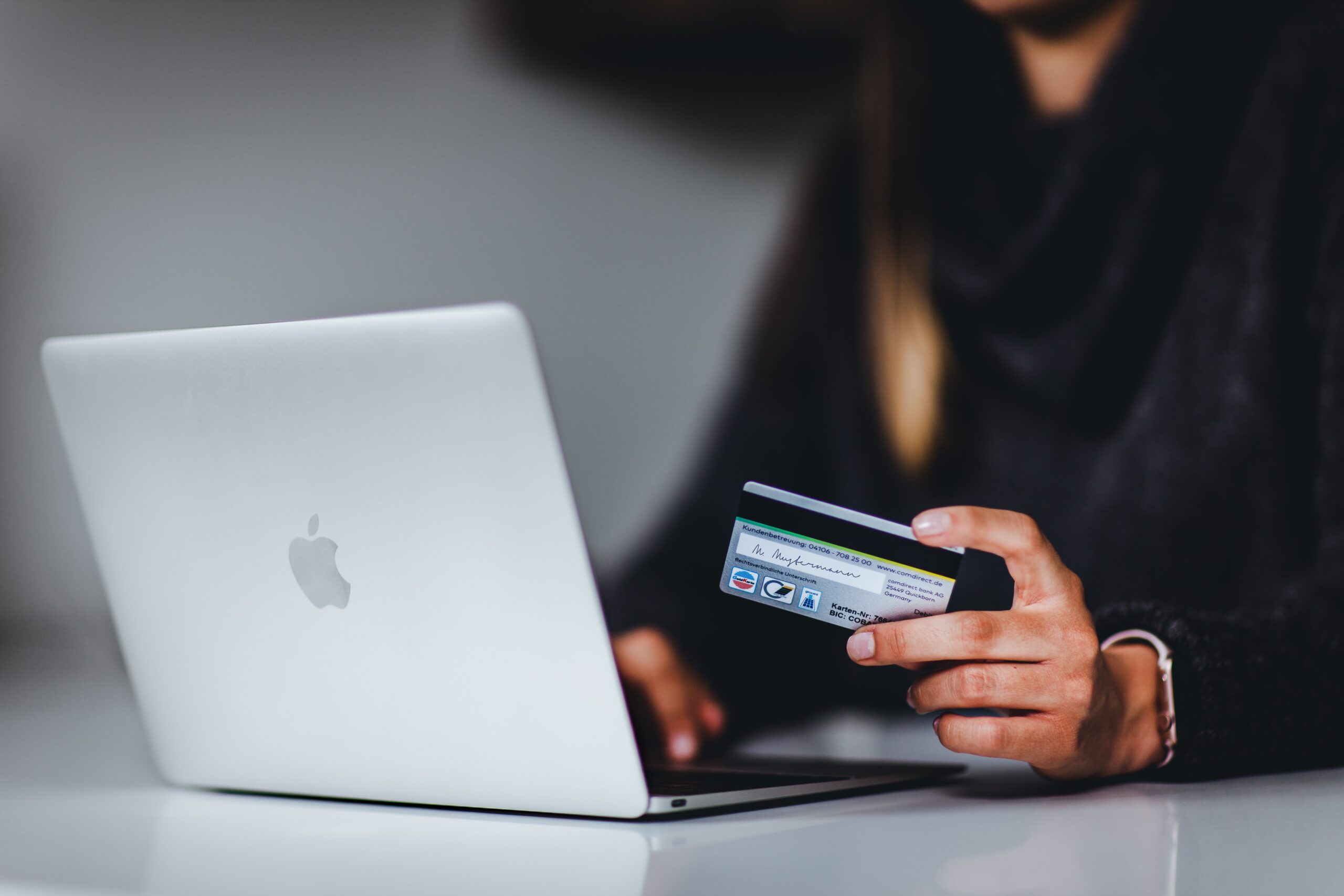Most of us have been either to a physical store or an online shop and at checkout, been provided with the option of acquiring the product without paying the full price at the point of sale (POS). Sounds familiar? Unbeknownst to many, the ability to own a product and slowly pay for it has been existing. However, it has become more noticeable among both the younger and older generation due to the intense marketing campaigns being undertaken in recent years. As we shall see later in the article, more companies have started to notice the importance of the BNPL and hence rolled out their solutions.
What is BNPL?
The Buy Now Pay Later (BNPL) model broadly allows consumers to acquire a product at the point of sale, but then slowly pay up the price over an extended period. In most cases, payments can either be done in 4 instalments across 6 weeks or they can be staggered into several equal instalments across several months. 3BNPL bestows the consumer the ability to effectively manage their spending while still being able to indulge in larger purchases. The cash flow position of the consumer is improved as payments are done over a predetermined timeline, interest-free.
14The BNPL industry in Kenya has posted tremendous growth between 2021 and 2022. A report by Business Wire highlights that the Kenya BNPL payment industry shall experience a 107.8% growth from 2021, reaching USD 521.8 million by the last quarter of 2022. The payment adoption is also expected to steadily grow at a CAGR of 52.5% between 2022 and 2028.
3 Types of BNPL models
There are several BNPL solutions in the market. These solutions are available to the customers depending on their age, income level and credit scores. We shall look into three of these models:
Card-linked financing: The customer uses their existing payment card to initiate their initial payment. They do not need to sign up for a new service. The card-linked financing is available for purchases made online and those made in physical stores. In most cases, the card issuer offers the customer a discounted annual percentage rate (APR) to use the service. Different providers, however, offer this service at different stages of the customer journey. For at-purchase, providers such as SplitIt and Visa Installments have faced better adoption numbers. This is because they can take advantage of incentives provided by merchants at checkout.
For post-purchase functionality, American Express Plan and Citi Flex Pay are some of the providers in the US. However, their adoption has been quite low as they face cut-throat competition from 0 percent APR solutions that are offered at purchase.
Short-term off-card financing: This is most common among the younger population. These consumers take advantage of the “Pay in 4” instalments option offered by shopping apps. Purchases using this model are of small tickets (about $250) and are paid out in about 6 weeks often using debit cards. Products financed using this line of financing are mostly of higher margin in the categories of fitness, beauty, apparel and footwear.
Due to the short duration of financing in this particular model, “20receivables turn over about eight to ten times a year. “As a result, the return on assets (ROA) is estimated to be between 30% – 35%. Examples of providers in this category are Klarna and Affirm.
Long-term off-card financing: This model is more affluent among older consumers. Products purchased using this model are usually from higher-ticket categories such as furniture, fitness equipment and electronics. Purchases average about USD 800 and are paid up in at least 8 months. This option is highly favourable for merchants that sell high gross margin products but also have higher customer acquisition costs.
Why merchants favour the BNPL model
Merchants are attracted to the flexibility that BNPL extends. This is because the customer is exposed to friendly solutions that increase their revenues. Merchants are happy to pay 4 – 12 percent to the BNPL provider if the customer landed on the merchant’s website from the BNPL provider’s ecosystem. Merchants experience both reduced cart abandon rates and increased average order value (AOV) when the BNPL payment option is made available to the customer. This is because the consumers will tend to buy more than they can afford, knowing that they will be able to make small payments towards their large purchases.
What is more important for merchants is the ability to acquire more customers through the BNPL model. Prospective customers who would not have made a particular purchase are now legible. It is to the delight of merchants to use this as a basis to pay for affiliate marketing in hopes to drive in more customers.
According to Business Wire, with the BNPL gross merchandise value in Kenya projected to hit $6,558 by 2028 from $251 in 2021, there is a lot of value that merchants, fintech companies and banks can extract by adopting the BNPL model.
Author: Dickson Ndoro


